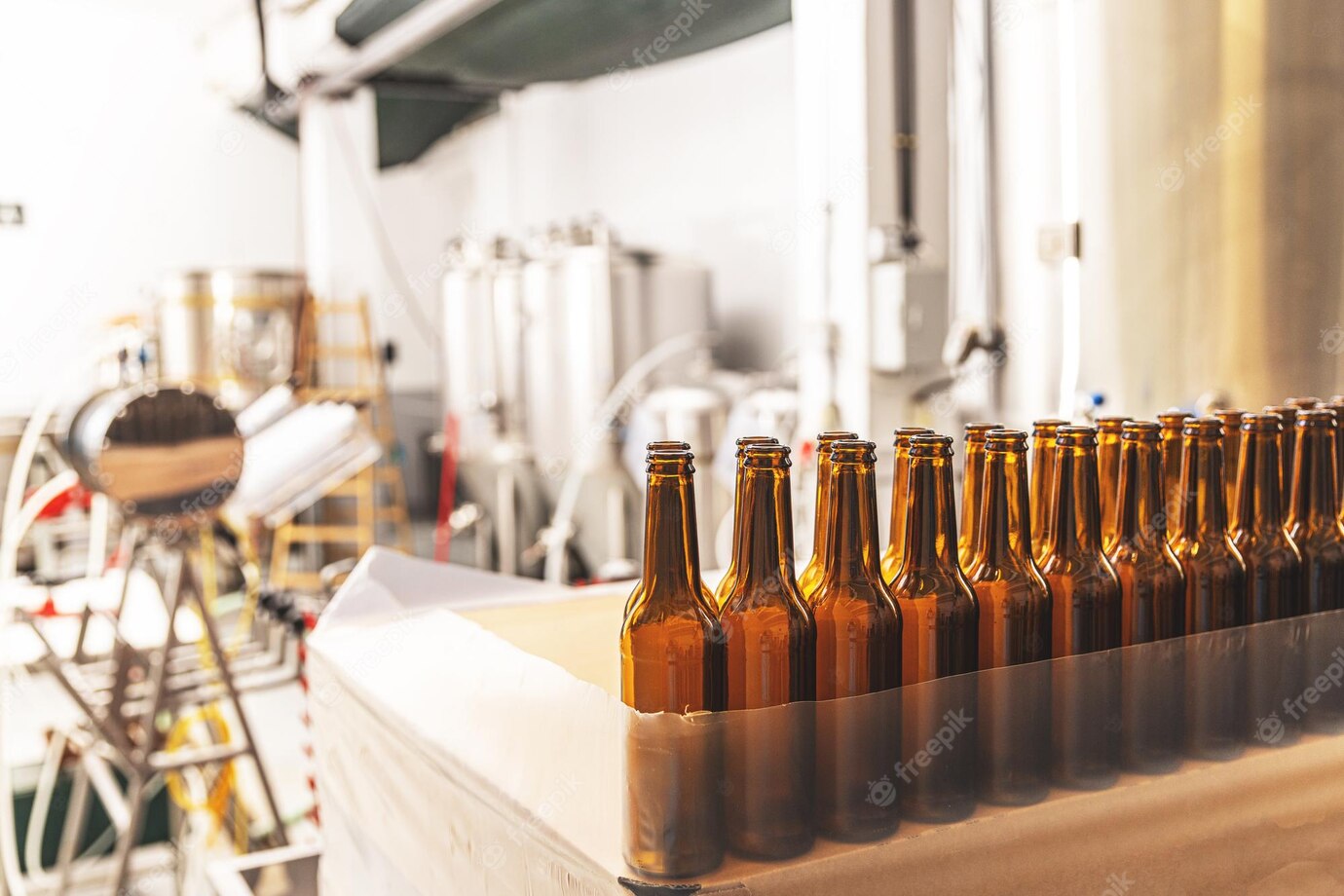Brewing delicious wheat beers? Our tips and tricks will make your beer-making process a breeze!
Are you looking to explore the world of craft beer and wondering where to start? Why not try brewing wheat beer? Wheat beer is a class of beer with centuries-old roots in Europe. In this informational article, we’ll discuss tips and tricks for brewing wheat beers and different varieties that are popular today. From the basics on how to brew to troubleshooting and beer recipes, you’ll gain a deep understanding of what wheat beer is and how to brew it. Let’s start the journey and learn how to create a perfect wheat beer.
Brewing Wheat Beers: Tips and Tricks
Wheat beers have been around for centuries, and their popularity continues to grow. Wheat beers are highly refreshing, with a creamy palate and distinctive flavor profile. But brewing a great wheat beer requires skill, knowledge, and attention to detail. If you’re looking to make a truly great wheat beer, here are some tips and tricks to help you out.
Choose the Right Grains and Ingredients
The base of every wheat beer is wheat malt, but there are also many other grains and ingredients that can be used to add complexity and flavor.
- Wheat Malt: Wheat malt should form the bulk of the grain bill in a wheat beer. The amount of wheat malt you use will depend on the desired flavor and body of the beer. Generally, an all-wheat beer should contain at least 65-70% wheat malt.
- Barley Malt: Barley malt can be used to help balance the wheat beer and add a bit of complexity and depth. A typical wheat beer should contain 10-15% barley malt, though you can use more or less depending on the desired flavor profile.
- Pilsner Malt: Pilsner malt is often used to provide a crisp, dry finish to the beer. The amount of Pilsner malt used should generally be between 5-10%.
- Specialty Grains: Specialty grains such as wheat flakes, wheat bran, or Vienna malt can be used to add additional flavor and complexity. These specialty grains should make up no more than 10% of the total grain bill.
- Adjuncts: Adjuncts such as honey, molasses, or fruit can be added to wheat beer for additional sweetness and flavor. Specialty grains and adjuncts should be kept to a minimum, as too much can lead to an overly sweet beer.
- Hops: Hops can be used to balance the sweetness of the wheat beer, and to add bitterness and complexity. A typical wheat beer should use 1-2 ounces of hops, with the type and amount of hops used depending on the desired hop character.
- Yeast: A good wheat beer yeast is essential for providing the desired flavor profile. Generally, a good wheat beer yeast such as Wyeast 3068 Weihenstephan Weizen or White Labs WLP300 Hefeweizen will provide the desired flavor profile.
Mash at Low Temperatures
Wheat beers should be mashed at relatively low temperatures, typically between 148-152°F (64-67°C). A low mash temperature will help to create the desired body, malt character, and flavor of the beer. Mashing for longer than 60 minutes may also help to increase the beer’s malty character and mouthfeel.
Fermentation
Wheat beers should be fermented at the lower end of the yeast’s recommended temperature range. This will help to promote the desired banana and clove flavors associated with wheat beers. As with all beer, oxygen is important during fermentation, and dissolved oxygen levels should ideally be kept between 8-12 parts per million (ppm). A secondary fermentation can also be beneficial for wheat beers, as it can help to develop additional flavor and complexity.
Conditioning and Finishing
Once the beer is finished fermenting, it should be allowed to condition for several weeks, or even months for bigger beers. During this time, the beer will continue to condition and settle, and the flavor profile will develop. Conditioning also helps to ensure a more desirable carbonation level.
Also, if you’re looking to add clarity to your wheat beer, using a fining agent such as Isinglass or Gelatin can help to clarify the beer. Additionally, adding a small amount of hops during the boiling stage of fermentation can help to balance the malt sweetness and can add a subtle hop character.
Conclusion
Brewing a great wheat beer can be a tricky endeavor, but with a little knowledge and some practice it is possible to craft a truly great beer. By choosing the right grains and ingredients, mashing at the correct temperature, and conditioning and finishing properly, you can create a wheat beer that will be the envy of your neighborhood. So grab your ingredients and get brewing!

